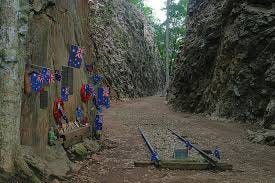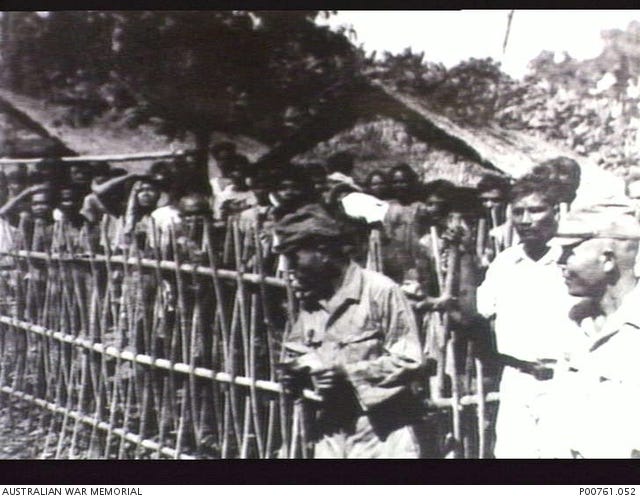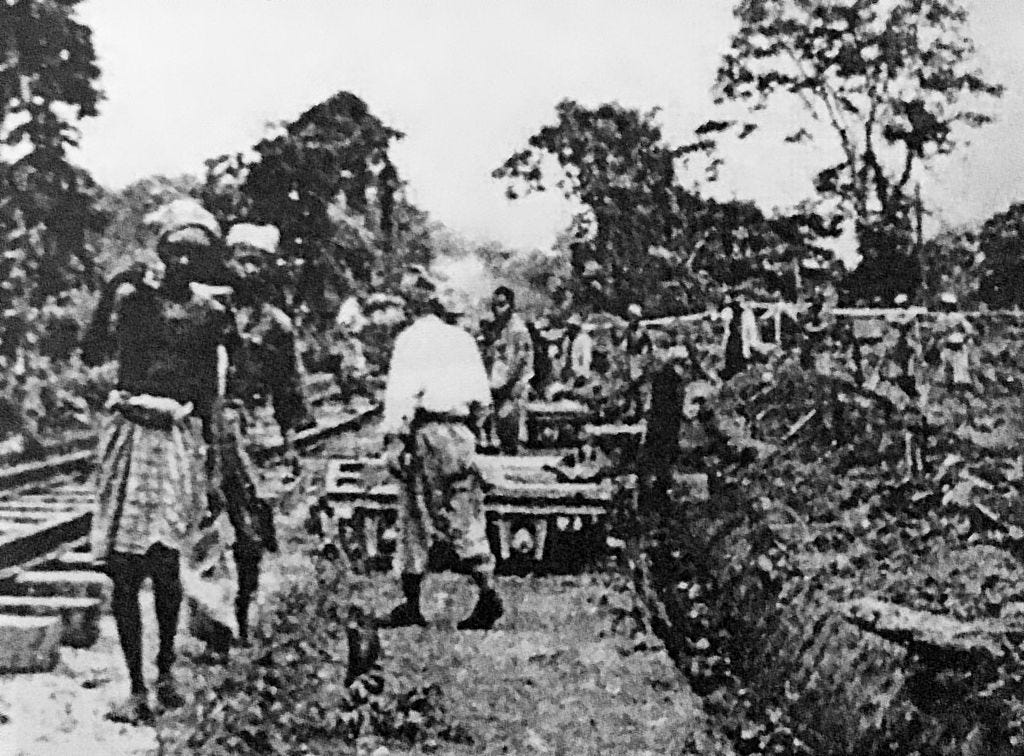Forgotten sacrifice: Honoring Tamil victims of Siam Death Railway
The closure of the Kanchanaburi Museum in Southern Thailand by the end of 2025 is set to erase a significant, albeit underrecognized, chapter of World War II history.
Among the casualties of this closure will be the cremation of the remains of 106 Tamil labourers who perished during the construction of the infamous Siam Death Railway.
These individuals represent just a fraction of the untold thousands of Tamil workers forcibly recruited under Japanese occupation, yet their story has largely been overlooked.
According to Silva Kumar, Chairman of The Malaysians and Indians in Bangkok (MIB), the remains were discovered years ago near the residence of the governor of Kanchanaburi.
While 500 bones were unearthed, only 106 were identified as Tamil labourers and handed over to the museum, with the rest cremated under Buddhist funeral rites.
The Siam Death Railway, stretching over 400 kilometers from Thailand to Burma, became a graveyard for its forced laborers.
Historian Michael Stenson estimated that of the more than 130,000 workers conscripted, fewer than half survived to return to Malaya.
These labourers, including British and Australian prisoners of war (POWs), Malays, and primarily Tamil workers, endured grueling conditions, starvation, disease, and abuse.
Anthropologist Ravindra K. Jain documented how Tamil workers were often kidnapped by the Japanese secret police, the Kempetai, in collaboration with estate managers, who identified vulnerable labourers for recruitment.
The absence of a memorial in Malaysia to honor these Tamil labourers is a glaring omission. Their sacrifice, pivotal in constructing this wartime railway, remains unacknowledged even in the country from which most of them were taken.
This neglect stands in stark contrast to the international recognition given to POWs who shared the same fate.
Rumors persist that the Japanese government compensated the Indian community for the horrors endured during the railway’s construction. However, no official confirmation exists, and questions remain whether funds, if received, were appropriately used under the administration of former Prime Minister Tun Dr. Mahathir Mohamad.
Efforts to establish a memorial in Malaysia have stalled. As the former Deputy Chief Minister of Penang, I once proposed erecting a memorial in Perai, even identifying a piece of land for the purpose.
Unfortunately, since my departure from government two years ago, the proposal appears to have been abandoned.
The closure of the Kanchanaburi Museum marks a turning point. While it has served as a somber reminder of these atrocities, its impending shutdown threatens to erase the little recognition these Tamil labourers have received.
It is imperative for the Malaysian government, particularly under the Madani administration, to address this historical oversight.
Constructing a memorial to honor the Tamil victims of the Death Railway would not only dignify their sacrifice but also educate future generations about this tragic chapter in history.
Additionally, the Tourism Ministry should recognize the potential of such a memorial as part of Malaysia’s historical and cultural tourism. Visitors are drawn not just by culinary and natural attractions but also by sites that carry deep historical significance.
The Tamil labourers were not mere statistics of war—they were individuals who made the ultimate sacrifice. Their story deserves to be told, remembered, and honored with the dignity it so rightly warrants. As we edge closer to losing the tangible remains of their lives, let us not consign their memory to oblivion.
P. Ramasamy
Former professor of political economy at Universiti Kebangsaan Malaysia (UKM) and former deputy chief minister of Penang.
Subscribe Below:






The plight of the Tamil labourers in the death railway between Thailand and Myanmar is one filled with several permutations of the fact leading to difficulties that thMalaysian Indians have had in seeking reparations and compensation from the Japanese for their war crimes aganist them.
Ramasamy's peppering the plight of these slaves on death railway with his anti Mahathir sentiment and with no subtantive evidencce of any sort to prove his allegations is but one of these.
Waythamurthi of Hindraf dashed hopes of the Tamils receiving any compensation from the British government the ultimate culprit and esponsible party in this saga with similar unproven tales coming out of the script of a 'B''grade Tamil movie of the 1960's. Exaggerated and incredulous.
Over and above that Waytha siphoned off hundreds of thousands of ringgit of donours money playing the flying diplomat in Europe on those funds.
Sadder still there are 100's of 'Waythamurthis' and 'Ramasamys' in the Tamil community of Malaysia which makes any chance of pursuing the British government and the Japanese for their crimes against Tamils a near impossiblity.
Waytha's pleadings he drafted in the matter in the High Court of England was an embarrassment and an example of how the Tamils of Malaysia have taken precious opportunities and messed them up due to vanity and internecine fights to control the narrative.
Fat hope this sick ultra melalui wil and that lowlife Akmal wil have a field day. And sodomite Anwar will cringe.